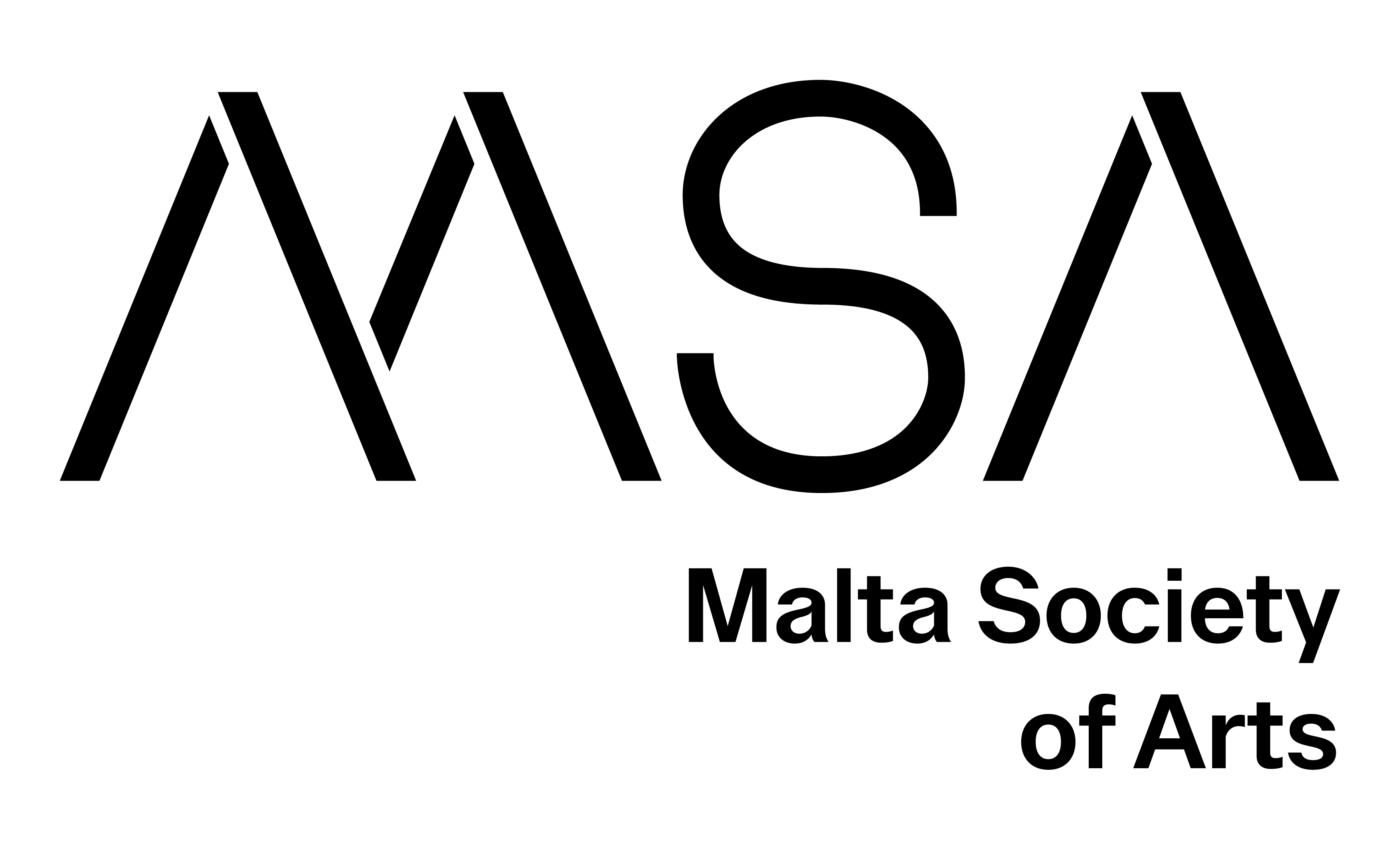Three characters walk into a bar, a Virus, a Human, and Sant Claus. The bartender refuses to serve the Human and Santa Claus on the basis that he regards them as chimera [1] but happily serves the Virus with three Gin and Tonics, which the Virus generously shares with his two colleagues.
The bar is otherwise empty and so the bartender joins them at a table where a lively discussion ensues in the form of a classic exposition and argumentative discourse designed to test the identity, integrity, and sovereignty of each drinker.
This hypothetical scenario seeks to analyse the biological identity and historical constructions that define life, and to trace the genetic exchanges, leakages, and seepages that take place between radically divergent species, in particular the incorporation of exogenous genetic material delivered by a virus [2] the Virus being confident that at least 8% of the Human he sits next to is composed of the DNA of ancient retroviruses that have infected the germ cells (eggs and sperm) of the Human species over the course of millions of years.
The barman might well ask of the Virus if it is a living or non-living being since it cannot reproduce independently, only within the cell of a living entity. In the same manner, the barman might also turn his attention to the jolly and extremely palpable figure of Santa Claus and ask the same question.
Santa Claus would have to respond that despite the many historical claims to his authentic identity [3] his existence is only reproduced in the minds of young humans propelled with the assistance of entities such as the Coca-Cola Corporation of America. In his defense Santa might propose that he is just as real, in fact even more real than the Virus, in consideration of the profound effect that he has over human behaviour, belief systems, and relationships—after all, he can cite the fact that more people believe in him than the reality of the SARS-CoV-2.
In a nutshell, the paper intertwines biological and genetic ’realities’ with constructs of the human imaginary, in an attempt to tease out the ever-blurry outlines of existence identity, and belief systems.
[1] chimera, in genetics, an organism or tissue that contains at least two different sets of DNA, most often originating from the fusion of as many different zygotes (fertilized eggs). The term is derived from the Chimera of Greek mythology, a fire-breathing monster that was part lion, part goat, and part dragon. Chimeras are distinguished from mosaics, organisms that contain genetically different populations of cells originating from a single zygote, and from hybrids, organisms containing genetically identical populations of cells originating from a cross of two different species. Included among the different known types of animal chimeras are dispermic and twin chimeras, microchimeras, and parthenogenetic and androgenetic chimeras. https://www.britannica.com/science/chimera-genetics
[2] Retroviruses comprise over 8% of the human genome (1, 2). Human endogenous retroviruses (HERVs) exist as DNA remnants of infections that occurred in germ lineage cells of our ancestors. Most of this viral DNA is mutated, often including various large disruptions, but some components are intact or otherwise functional.
https://www.pnas.org/doi/10.1073/pnas.1603569113
[3] Saint Nicholas was a 4th-century Greek Christian bishop of Myra in the region of Lycia in the Roman Empire, (Turkey). Nicholas was known for his generous gifts to the poor, in particular presenting the three impoverished daughters of a pious Christian with dowries so that they would not have to become prostitutes.
Dr Nigel Helyer (aka DrSonique) is a contemporary polymath whose work links Art and Science, or more accurately Poesis and Techne in a strong embrace of the environment, identity and cultural history. He has an international reputation as a sculptor and sound-artist who creates large scale sound-sculptures, environmental artworks and inter-active bio-art projects that prompt the community to engage with their cultural histories, identity and sense of place. His works are an open invitation to examine the abstract conditions of our world and our complex relationships to it. Helyer web-archive — http://www.sonicobjects.com
Back







